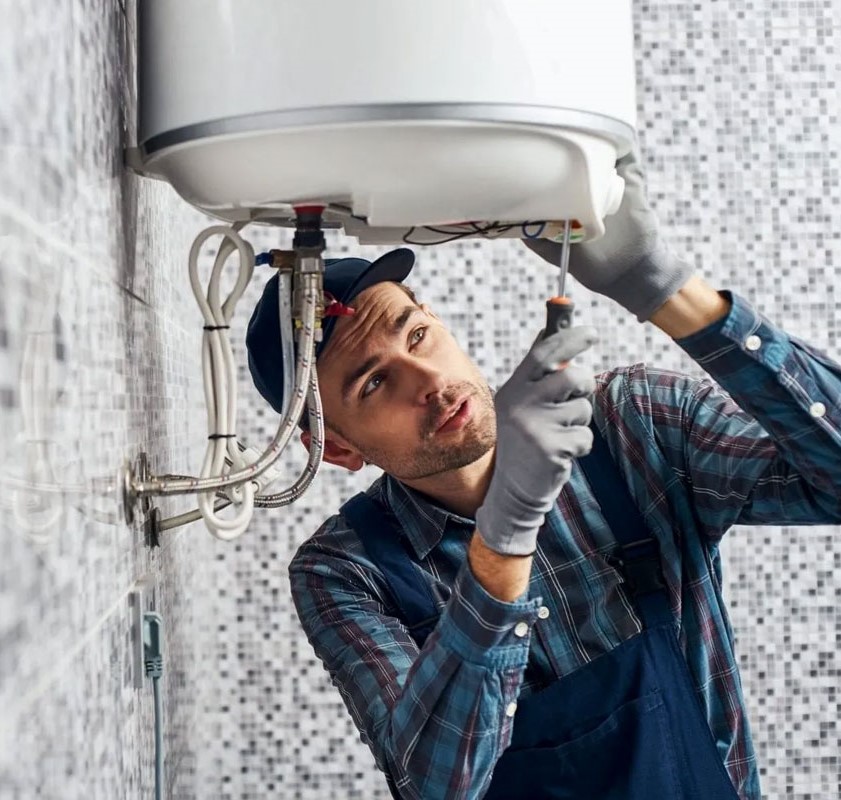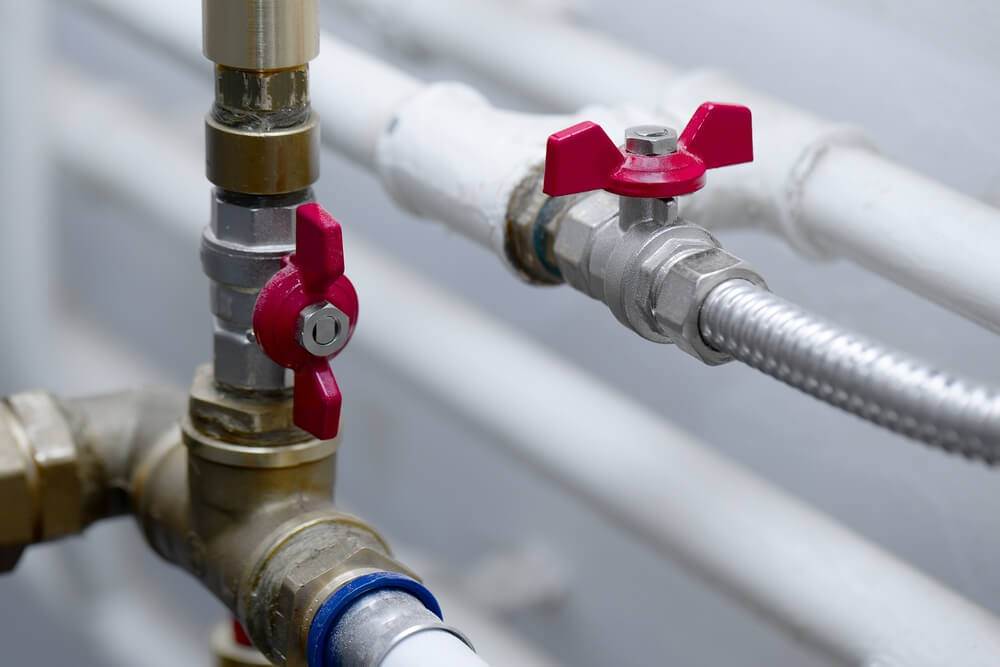Highly-Rated Ways to Preserve Your Plumbing From Bursting in Cold Temperatures
Highly-Rated Ways to Preserve Your Plumbing From Bursting in Cold Temperatures
Blog Article
Were you trying to locate related information about How to stop pipes from freezing during the winter?

All house owners who live in pleasant environments should do their best to winterize their pipelines. It is something you should do throughout autumn prior to deep winter months genuinely begins. Failing to do so can spell catastrophe like frozen, split, or burst pipelines. If the weather condition exterior is terrible, here are some convenient winterizing hacks to keep your plumbing system safeguarded even.
Attempt a Hair Clothes Dryer or Warm Gun
When your pipes are nearly freezing, your dependable hair dryer or heat gun is a blessing. If the warm towels do not assist remove any type of resolving ice in your pipelines, bowling hot air straight into them may aid. You might end up damaging your pipelines while trying to melt the ice.
Open Closet Doors Hiding Plumbing
When it's cool outside, it would certainly be practical to open up closet doors that are masking your pipelines. Doing this tiny method can maintain your pipes warm and limit the possibly unsafe end results of freezing temperature levels.
Take Some Time to Wrap Exposed Pipes
One simple and also clever hack to warm up frigid pipelines is to wrap them with cozy towels. You can cover them initially with towels. After securing them in position, you can put boiling water on the towels. Do it slowly to allow the towels take in the fluid. You can likewise utilize pre-soaked towels in hot water, just don't forget to put on protective handwear covers to guard your hands from the warm.
Activate the Faucets
When the temperature declines and also it seems as if the icy temperature will certainly last, it will certainly help to turn on your water both inside your home as well as outdoors. This will keep the water flowing through your plumbing systems. Additionally, the activity will certainly slow down the freezing procedure. Especially, there's no requirement to transform it on full blast. You'll end up throwing away gallons of water this way. Instead, go for concerning 5 declines per min.
When Pipelines are Frozen, close Off Water
Turn off the primary water shutoff quickly if you observe that your pipes are completely frozen or nearly nearing that stage. You will generally locate this in your cellar or utility room near the heater or the front wall closest to the street. Turn it off as soon as possible to stop further damages.
With more water, even more ice will stack up, which will eventually lead to burst pipes. If you are uncertain about the state of your pipes this wintertime, it is best to call a specialist plumber for an inspection.
All property owners who live in temperate climates must do their best to winterize their pipes. Failure to do so can lead to catastrophe like frozen, broken, or burst pipelines. If the hot towels do not assist dislodge any resolving ice in your pipes, bowling hot air directly into them may aid. Transform off the primary water shutoff right away if you see that your pipelines are totally frozen or virtually nearing that stage. With even more water, more ice will certainly stack up, which will at some point lead to break pipelines.
PREVENT YOUR PIPES FROM FREEZING THIS WINTER
A Leading Cause of Property Damage
When the weather is taking a deep nose dive into the cold dreary days, the risk of your pipes freezing and potentially bursting skyrockets. Unfortunately, during these cold dreary months, burst pipes are the most common denominator for property damage. The pipes that are most at the risk are those that are in areas where it is most cold in your home. For instance, pipes located in interior places such as basements, attics, and your garage. Unfortunately, that doesn’t mean that the pipes running through your cabinets or exterior walls can’t freeze. Good news, however, is that you can do things to help prevent pipes from freezing.
How to Prevent Pipes From Freezing
Once the temperature starts to drop during the winter, you should be taking the proper measures needed to ensure that your pipes stay warm and that there is circulation of water through them. Some steps that experts may recommend could go against your better judgement when it comes to saving water and heat. However, it would go without saying that when expenses are compared, damaged pipes could put a bigger dent in your wallet than a water bill.
What Can I Do?
Keep your garage door closed. This is very important, especially if you have water supply lines running through your garage. Open your kitchen and bathroom cabinets to allow warm air to circulate through them. Allow air circulation throughout your home. Keeping the interior doors open will once again allow the warm air to circulate inside your home. Ensure your thermostat is running the same temperature throughout the night and day. If you plan to be away from home during the cold months, set your temperature no lower than 55° F. This should provide enough heat to keep the pipes warm and prevent any remaining water inside the pipes from freezing. For more of a long-term solution, add insulation to attics, basement, and other crawl spaces around your home. By allowing your faucet to drip, it will alleviate pressure in the system. This is important because the pressure that is created between the blockage and the faucet can potentially cause the pipes to burst. Allowing the faucet to drip will prevent the pressure from building up, therefore keeping the pipes from bursting. Seal any cracks, openings, and crawl spaces around your home to prevent cold air from coming inside. This keeps your pipes-not to mention your home-warmer and less susceptible to issues caused by freezing temperatures. For the pipes in your home that are easily accessible, applying electrical tape to them might prevent them from freezing over. This is a quick fix, as you can apply the tape directly to the pipe. There are two options for heating tapes. One turns on and off by itself when it senses heat is needed. The other type of heating tape needs to be applied when heat is needed and removed when not necessary. If you have exposed pipes in your home, you can check this website to take a look at a few options that would be available at a shop near you.

As an enthusiastic person who reads about Prevent Freezing and Bursting Pipes, I figured sharing that excerpt was sensible. Be sure to take a moment to promote this blog posting if you appreciated it. Thanks a lot for your time. Kindly come visit our blog back soon.
Fast solution? Ring! Report this page